Pros
- Fantastic flagship performance
- Extraordinary quad rear camera
- Beautiful LTPO display
- Vegan leather finish
Cons
- It big
- Selfie camera isn’t as good as the others
- China-only (for now)
Our Verdict
It may be dominated by its outlandish camera design, but the Xiaomi 13 Ultra is a surprisingly well-rounded phone, with few flaws to its hardware. The test will be how low Xiaomi can get the price for its upcoming international launch, and how the global software runs. We’ll finalise and score this review when we find out.
Price When Reviewed
Unavailable in the US
Xiaomi has released overkill Ultra versions of its flagships for the last few years, but the 13 Ultra marks a sea change for the company in two respects.
Firstly, this is the only Ultra so far to be promised an international launch – we don’t know exactly when or where yet (and it almost certainly won’t include the US), but the 13 Ultra will launch outside of China.
Secondly, this is also the first Ultra I think people really should consider buying. Not just because of its global availability, but because for once this phone represents a well-rounded (albeit OTT) feature set.
This is a compelling uber-flagship to rival Samsung’s Galaxy S23 Ultra, instead of a gimmicky concoction intended only to flex the muscles of Xiaomi’s R&D department. If you can afford to drop more than a grand on your next phone, this really should be one of the handsets you consider.
Design & build
- Enormous, sloped body
- Colossal rear camera module
- Vegan leather finish
Let’s get the obvious out the way: this phone is big. And its camera module feels, impossibly, even bigger. It’s outlandishly, distractingly large, and routinely sparks questions when people spot me using the 13 Ultra.
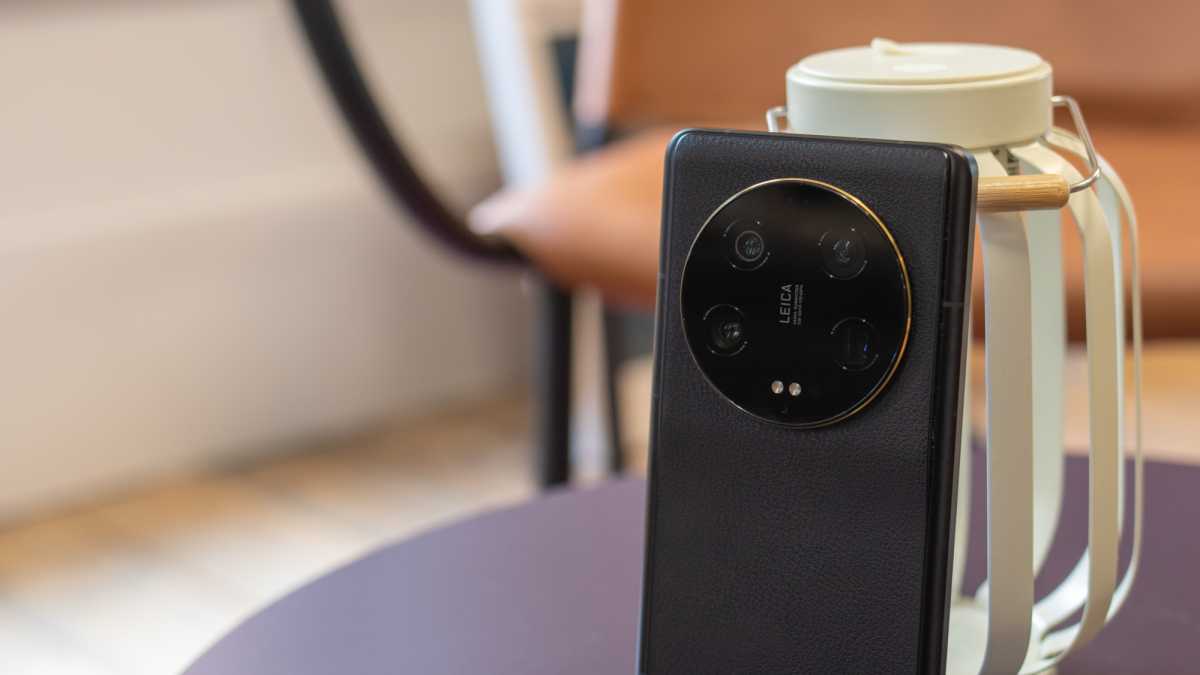
Dominic Preston / Foundry
I don’t hate the huge camera, but it’s certainly a statement. Xiaomi has actually tried to minimise the effect by sloping the back of the body up so that the phone as a whole is thicker around the camera, slightly masking how much it protrudes.
I was worried this would make the phone uncomfortably top-heavy, and it is a bit, but overall the weight is surprisingly well-balanced. In fact, at 227g, this feels heavy but not unduly so – it’s a few grams lighter than either the S23 Ultra or iPhone 14 Pro Max, and is about the same size as those phones overall.
I don’t hate the huge camera, but it’s certainly a statement
Basically, it’s big, but so are its rivals – just know what you’re getting yourself into.
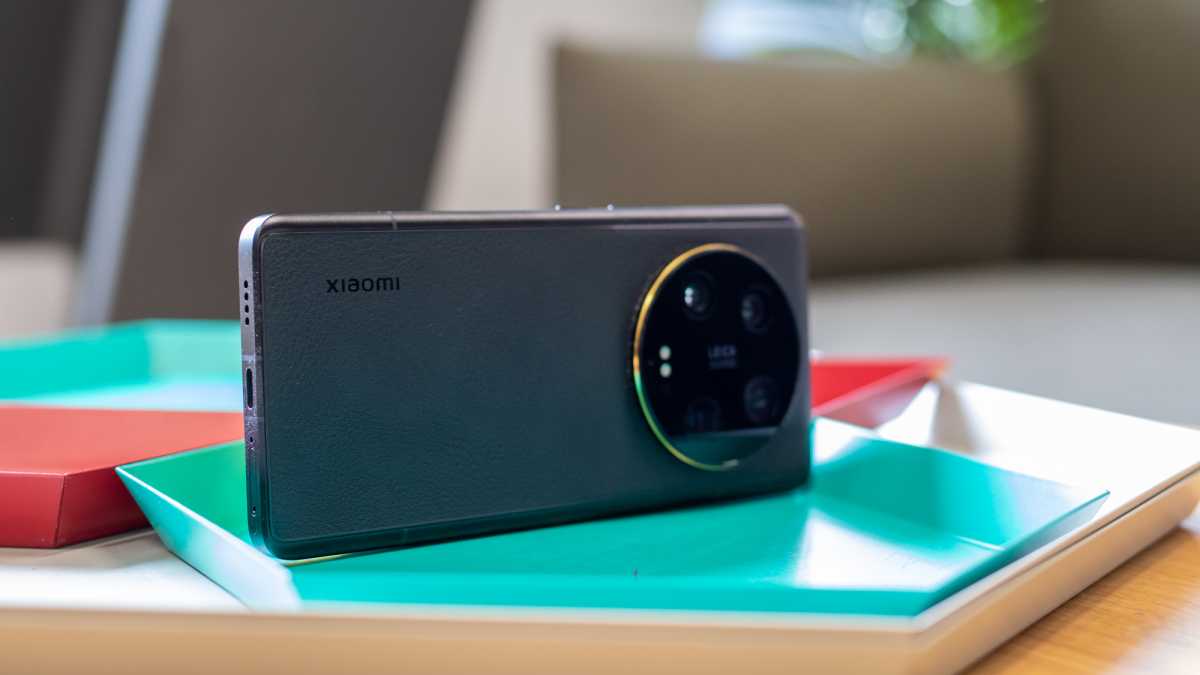
Dominic Preston / Foundry
One differentiator is that all three colours of the 13 Ultra – white, black, or olive green – come with a vegan leather finish. This is one of a few touches Xiaomi has taken to emulate the aesthetics of classic SLR cameras, and I’m a fan. The grippy finish makes the phone easier to hold – important when it’s this size – and adds welcome durability given its high price point.
The phone’s frame is made from aluminium, and combines flat sides with rounded corners to keep it comfy in the hand. Gorilla Glass Victus on the display and an IP68 rating complete the build, making this one of the toughest flagships around.
Finally, biometrics are handled by a fingerprint sensor built into the display, plus a face unlock option provided by the punch-hole selfie camera. Both work well.
Screen & speakers
- Spacious 6.73in screen
- LTPO OLED with 1-120Hz dynamic refresh rate
- Punchy, crisp stereo speakers
Given the phone’s sheer size, it’s no real surprise to see a screen to match it. The 6.73in panel here is among the biggest you’ll find, making this as well-suited to productivity as it is to gaming or streaming movies.
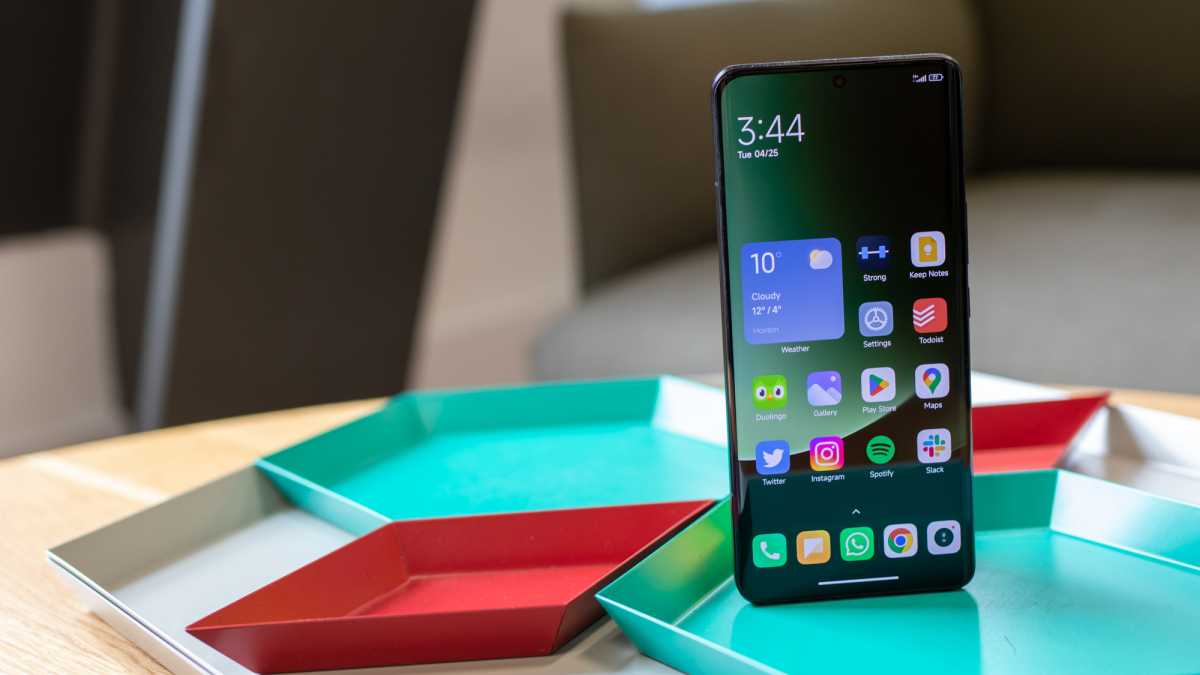
Dominic Preston / Foundry
Display quality impresses too: Xiaomi has used LTPO OLED display tech, which allows the screen to dynamically scale its refresh rate from a peak of 120Hz all the way down to 1Hz. That nets you the benefits of smooth scrolling and animations when needed, and battery boosts from the screen slowing down when it can.
This is paired with a crisp 1440 x 3200 resolution to produce a display that really is among the best you’ll find. Just about everything looks good on this panel, and if for some reason it isn’t to your pleasing then Xiaomi has included a wealth of colour profiles and settings to help you fine-tune your content.
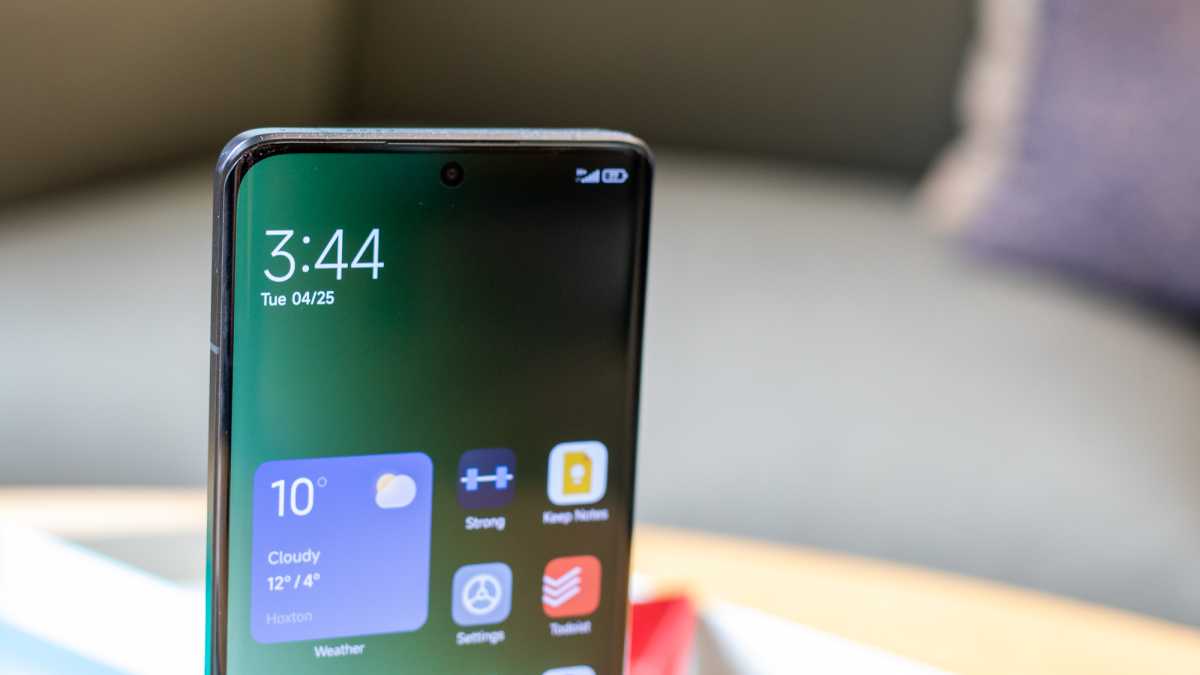
Dominic Preston / Foundry
The stereo speakers are almost as good. With one down-firing and one top-firing the stereo effect is solid, but more importantly there’s plenty of volume and a surprisingly open soundscape, with more sonic separation than I’m used to out of a phone.
This won’t replace your favourite Bluetooth speaker, but it’ll do the job in a pinch, and packs enough power and clarity to soundtrack games and TV shows.
Specs & performance
- Top-tier Snapdragon 8 Gen 2 chip
- Up to 1TB storage and 16GB RAM
- Excellent networking
The 13 Ultra is, to no-one’s surprise, powered by the Qualcomm Snapdragon 8 Gen 2. At the time of writing this is the latest and greatest chip you can get in an Android phone, and Xiaomi is out-paced only (and very slightly) by the custom over-clocked version of the same chip found in Samsung’s Galaxy S23 line.
Paired with up to 1TB of storage and 16GB of RAM for the phone’s Chinese launch (though this may vary when it comes out internationally) the phone really flies. This is a total powerhouse, which can drive the latest Android games or multi-task with ease.
Benchmarks tell a similar story. This is up there with the most powerful Android phones around on the CPU-focussed Geekbench test, and holds pace with its rivals on the graphics-heavy GFXBench scores, despite packing a high resolution display, which tends to slow framerates.
This is a total powerhouse, which can drive the latest Android games or multi-task with ease
As for connectivity, there are no real surprises here. 5G comes as standard, bolstered by Wi-Fi 6E, Bluetooth 5.3, and NFC, meaning everything is up to the latest standards.
Camera & video
- Quadruple 50Mp rear camera
- 1in main camera sensor with variable aperture
- 32Mp selfie camera
The camera array is undoubtedly the main reason to buy the Xiaomi 13 Ultra, and the area where it has the best claim to trumping its rivals. Funnily enough, it’s also the area where the phone shares most in common with the more affordable Xiaomi 13 Pro, but the Ultra takes things up a level or two.
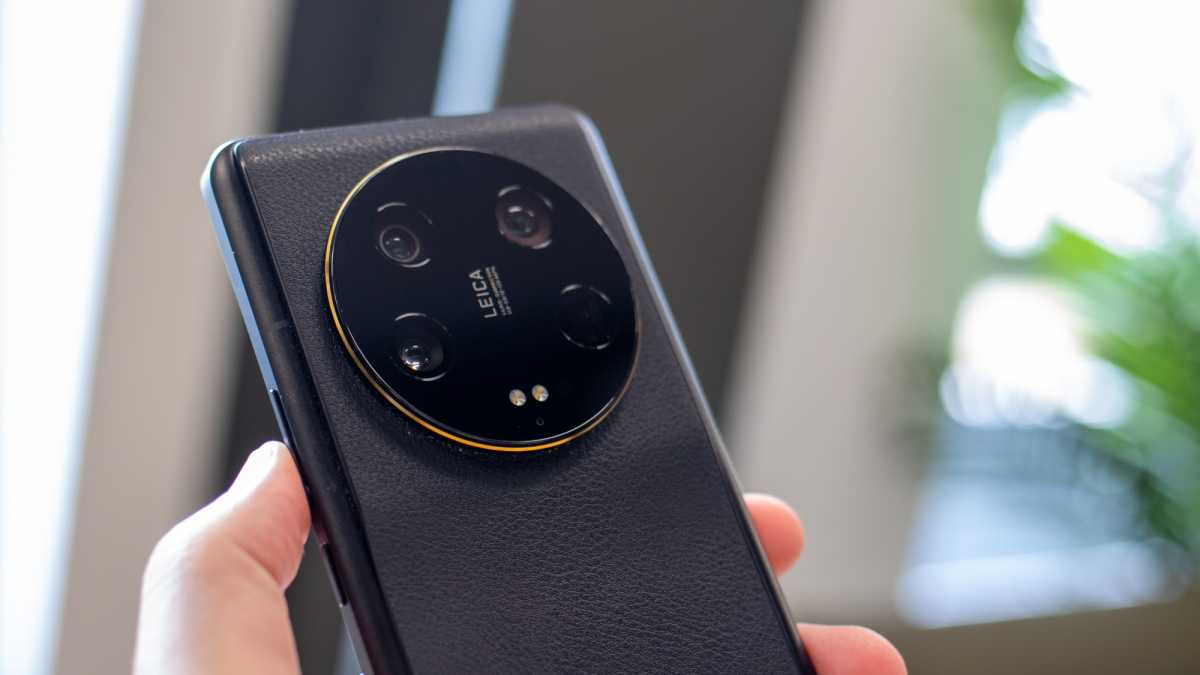
Dominic Preston / Foundry
Let’s start with the main camera. This uses the same 50Mp, 1in Sony IMX989 sensor found in the 13 Pro (along with phones including the Vivo X90 Pro and Oppo Find X6 Pro), but ups the ante by adding in a variable aperture.
This isn’t as versatile as the variable aperture found in the Huawei P60 Pro, which can hit ten different speeds. Instead, the 13 Ultra can only jump between a fast f/1.9 setting or a slow f/4.0, but that’s still more variability than almost any phone out there.
The fast f/1.9 setting lets in more light, making it ideal for indoor shots, low-light, and other areas where light levels are likely to be the difference-maker. By contrast, the f/4.0 aperture is more useful for landscapes and group photos, as it has increased depth of field and can keep more of the frame in focus. You can choose to switch manually, or just let the phone decide.
It’s in low-light where the phone really excels, delivering some of the best concert photos I’ve ever taken with a phone
For this review I’ve kept the aperture in auto mode, testing the phone’s ability to switch apertures and make the most of its enormous main sensor.
As phone cameras go, this is pretty exceptional. In good lighting is predictably capable, and its only real flaw is the common Xiaomi tendency for photos to run a little too vivid and saturated – even when using the more muted ‘Leica Authentic’ photo style over the default ‘Leica Vibrant’ (the camera company has again partnered with Xiaomi for this phone’s optics).
It’s in low-light where the phone really excels, that combo of 1in sensor and fast f/1.9 aperture delivering some of the best concert photos I’ve ever taken with a phone, with a little help from The Flaming Lips.
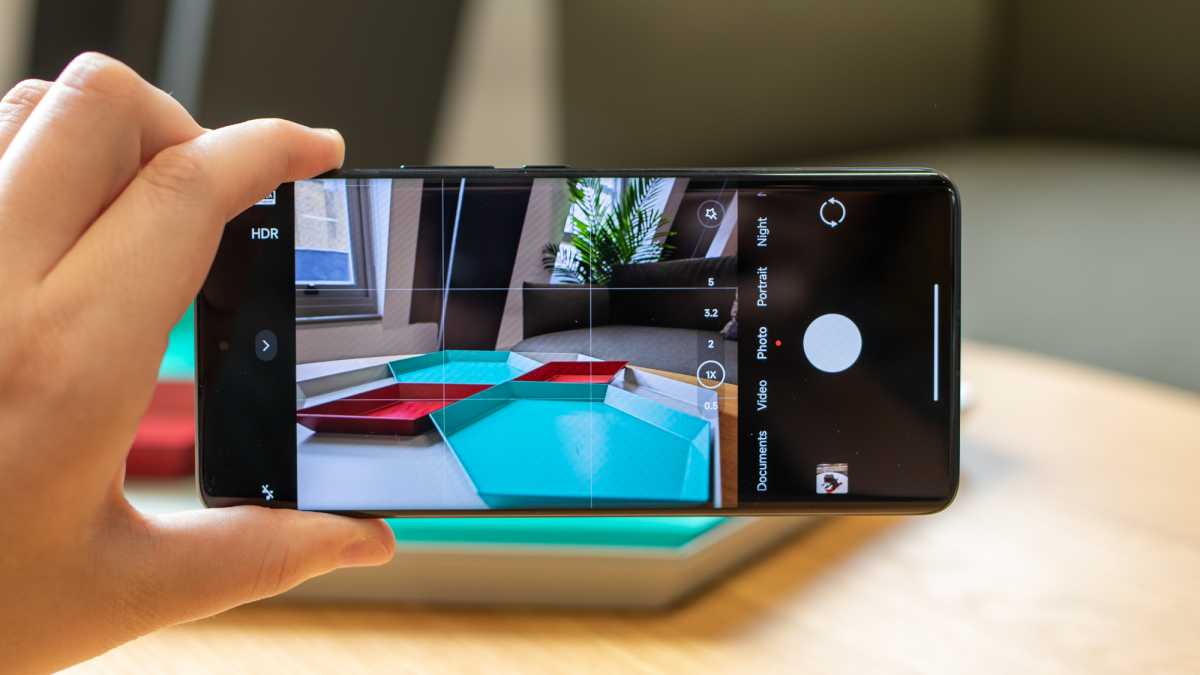
Dominic Preston / Foundry
It helps that the 13 Ultra’s main camera is backed up by an excellent supporting cast. All three of the other rear cameras use 50Mp sensors, and in fact they even all use the same Sony IMX858 sensor.
The ultrawide is the least exciting of the three. It’s capable and competent, and sticks as close as it can to the main camera most of the time. But it’s also the lens that’s proved most liable to struggle in challenging lighting conditions, likely because it’s the only one that lacks optical image stabilisation, blowing out the bright lights in that Flaming Lips show.
The two zooms – 3.2x and 5x, though the app also offers a digital 2x zoom option by default – impress more. Detail is excellent, and dynamic range even impresses on the shorter of the two – rare for any telephoto. Both handled low light confidently too, retaining remarkable crispness and even exposure even in trickier shots.
Throw in the fact that Xiaomi has carefully tuned all four cameras to colour-match well – no doubt helped by the similar sensors – and you have one of the best all-round rear camera setups in any phone.
Here are some samples running through every default setting: ultrawide, main camera, 2x zoom with the main camera, 3.2x zoom, and finally 5x zoom:
As for the front, things are simpler: there’s a 32Mp selfie camera in a single punch-hole. Shots are bright, and detailed – perhaps a little too much so, no-one needs to see such crisp shots of my pores. There’s an array of beauty options of course, and a portrait mode with slightly disappointing edge detection and a tendency to blow out the sky. It’s good, but not great.
Video options are a little odd. The rear cameras can go up to 8K at 24fps, though you’ll probably prefer to stick to 4K. The selfie camera can’t even handle that though, capping at 1080p@60 – hardly a deal-breaker, but another reason to look elsewhere if you often film or photograph yourself.
Battery & charging
- Strong battery life
- 90W wired charging
- 50W wireless charging
One perk of the Xiaomi 13 Ultra’s size is that there’s space to squeeze in a generous 5000mAh battery.
Even with all the phone’s power, the result is a phone that comfortably lasts a full day, and may make it through two – though at a push, and only if you’re a light user.
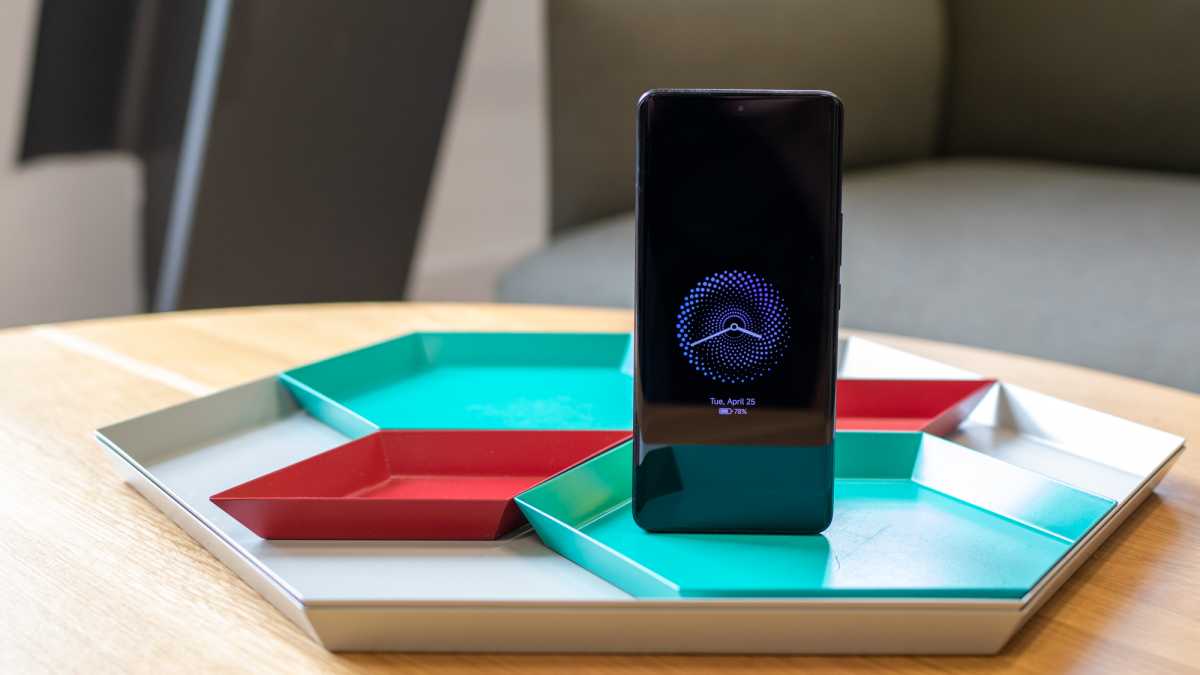
Dominic Preston / Foundry
I typically found myself going to bed with about half the battery left, and if I pushed my luck the battery would get to single digits halfway through day two. That’s with high refresh rate and resolution enabled though, so more conservative users could squeeze a little more out of it, and even power users should find this a full-day phone.
Still, take a peek at the battery end of our benchmarks above and you’ll see that rival flagships tend to last a little longer, which I’d say is true from my time with the phone. Still, once you’re past the full-day mark, it hardly seems to matter.
When it’s time to charge it back up, you get the choice of fast 90W wired charging or wireless. This latter will work at up to 50W speeds, but for anything close to that you’ll need to buy a Xiaomi wireless charger – otherwise you can charge more sedately on most standard Qi chargers.
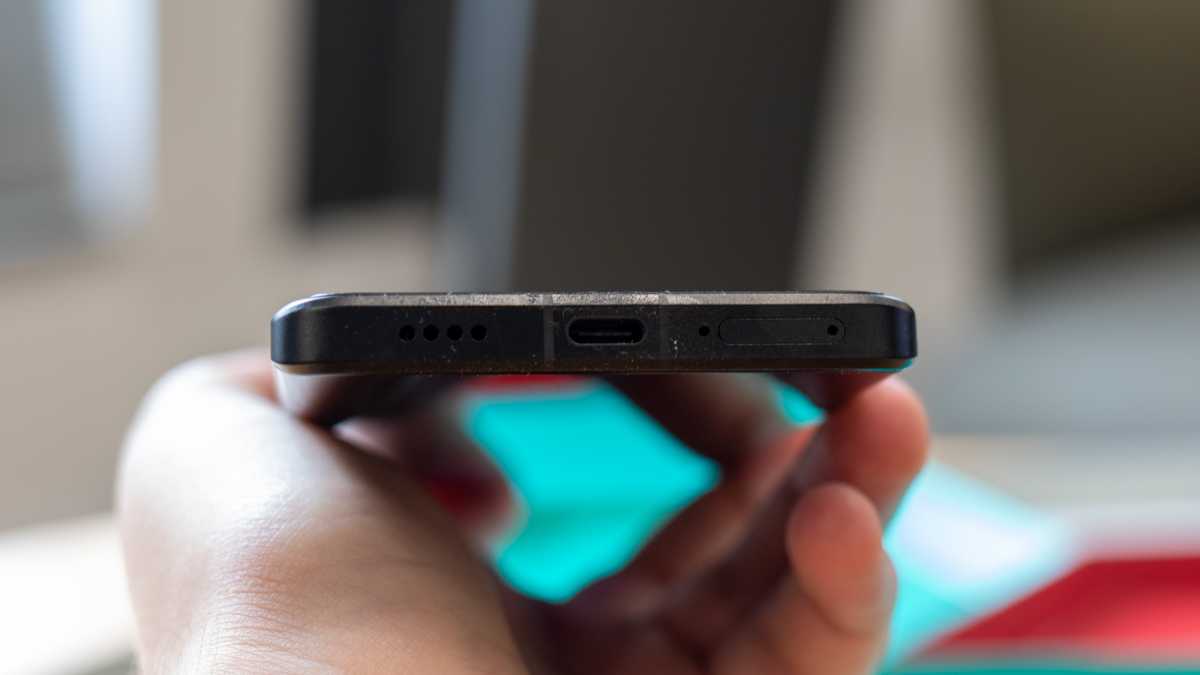
Dominic Preston / Foundry
Over a wire, I topped up 48% of the battery in just 15 minutes, and a full charge will take you a little over half an hour. This is, for what it’s worth, the one area where the cheaper 13 Pro comes out trumps: its faster wired charging takes less than 30 minutes for a full charge, so you’re giving a tiny bit up by going Ultra.
Software & updates
- Runs Android 13 with MIUI 14
- Three years of Android updates – probably
I’m going to keep this software section brief, because it comes with a big caveat: I’ve been reviewing a Chinese version of the Xiaomi 13 Ultra, which is more restrictive than you might be used to, and not fully representative of the phone’s likely global version.
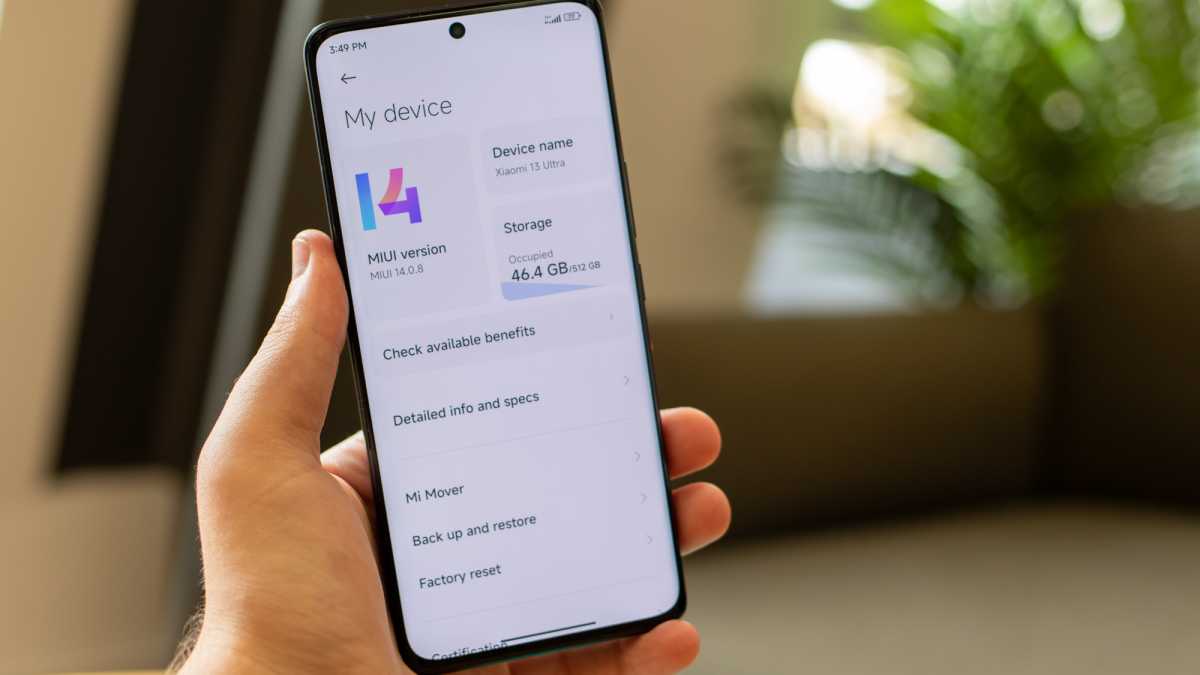
Dominic Preston / Foundry
Wherever you buy it, the phone will ship with Android 13, running Xiaomi’s MIUI 14 on top. The Chinese version doesn’t include the Google Play Store, making installing most apps frustrating until you can sideload Google onto the device – trickier than before, this took me about half an hour, especially as you…
